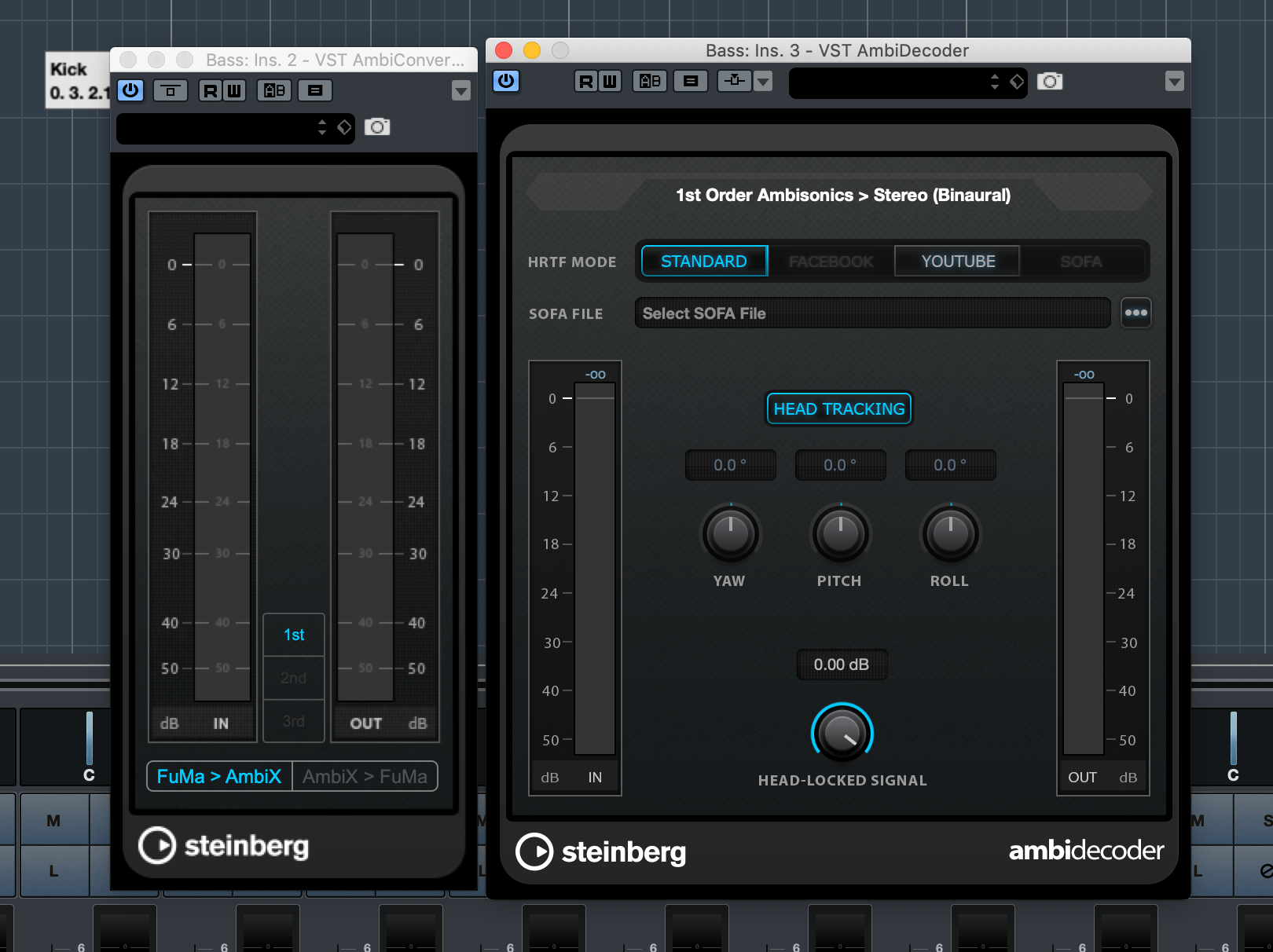

In this in the box scenario I don’t know how to return to pro tools. There is also a preference to save computer resources that outputs only the stereo headphone that can be selected as “normal stereo” or “binaural”. It also is outputted as headphone monitor. But you can create a live “re-render” also, witch means it will be outputted and can be recorded in the daw(pro tools). In this particular scenario I’m using everything in the box, doing the “netflix workflow”. How did you produced the re-renders? Directly from the DAPS or by recording the output of the headphone mix? I assume you´re using the Mastering Suite instead of the DAPS if I properly remember your setup from a previous conversation.Hi Paulo. Well, that´s not what Ceri from Dolby told on the webminar as far as I understood. His eyes popped out of his head, “you’re not supposed to do that!” He’s right, but until we have a lot more uptake on the distribution platforms for encoded Atmos, people will find a way. One of these podcasts turned into a minor hit in children’s media.Ī year later I was talking to Tim Carroll from Dolby at AES and explained what we did.

Delivered a regular 2.0 BWAV to the client (no metadata), and it sounded great. They loved the binaural Atmos re-render, so I hotwired the output and put it on a re-record track in PT. A couple of years ago, we started mixing these elaborate scripted podcasts for a client that wanted basically a complete soundtrack with original music, SFX etc. Regardless of the HRTF/SOFA file it uses.Īny comments on this from real users? Thanks.You can. Unless I didn´t properly understood it from Dolby´s recent webminar series on Atmos for music, the binaural output of the DAPS is not a re-render, meaning that it can be monitored binaurally through headphones while using the app in real time (or using a loaded atmos master file), but you can´t render it as a binaural wave "stereo file" for distribution, like you can with other plugins that allow binaural rendered files like Dear VR, Noise Makers etc.


 0 kommentar(er)
0 kommentar(er)
